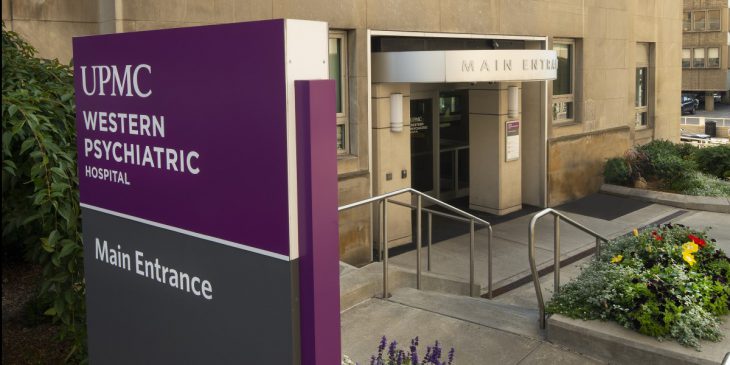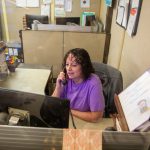As the country began to prepare for the COVID-19 pandemic, hospitals started to formulate plans. One of the many challenges providers had to face was how to maintain the same level of care, while also discouraging people from visiting hospitals and clinics in-person for non-life-threatening conditions.
At UPMC Western Psychiatric (WPH), the answer was clear. Telemedicine visits have been conducted by clinical staff for years, and providers knew these virtual check-ups would be the perfect way to continue helping patients during strict lockdown orders.
Leaders like Noreen Fredrick, vice president of ambulatory and community behavioral health services, knew that the switch to primarily virtual care wouldn’t be easy for some. However, she knew the teams at WPH would handle it efficiently.
“We never stopped. We didn’t close our doors or suspend treatment. We did a really fast pivot and used a different modality so people would continue to be served without missing a beat,” said Fredrick.
Since mid-March, UPMC Western Psychiatric has conducted approximately 35,000 video visits to date—much more than the 10,500 completed throughout all of 2019.
Supporting the Community
While many patients were able to stay connected with personal computers and smartphones, other groups had issues gaining access to devices that would support a video visit with their provider.
In response, Fredrick explained that the housing division of WPH, as part of a grant and in collaboration with other community providers, purchased 100 smartphones with two-month prepaid plans and distributed them to homeless people living on streets of Pittsburgh. “There were a handful of people that were able to become housed because they were linked and involved in care.”
In areas where reliable internet access is often a barrier to virtual care, WPH was able to use telemedicine to bring a psychiatrist to a mental health clinic in rural Pennsylvania, allowing patients to maintain access to care.
To support children with autism and intellectual disabilities, clinical staff have been available to families via video as well, and they have used different tools, such as interactive games and tests, to keep patients learning and engaged in sessions. This new approach often increased connectedness between providers and patients.
“Video calls from home open up a window into a patient’s world that I would not normally have the chance to see,” said Dr. Gina Perez, psychiatrist and associate chief for UPMC Behavioral Health Network and Telehealth Psychiatry. “When a person who is non-verbal can point and show me things they love in their environment, as opposed to becoming agitated or even aggressive when they have to conform to a typical doctor’s appointment, it reduces stress for a lot of patients and caregivers.”
This may be why a surprising number of patients have come to prefer speaking to their provider virtually. The initial results of a recent survey sent to patients showed that one third of the respondents preferred video visits, and another third claimed to be neutral and was amenable to a mix of appointment types.
“That to me was really interesting, because I wouldn’t have been able to predict that,” said Perez. “It really shows that we need to have a hybrid approach moving forward.”
UPMC is committed to giving back to the community. For more information, read the 2019-2020 Community Benefits Report, which highlights the work done to support the communities UPMC serves.









